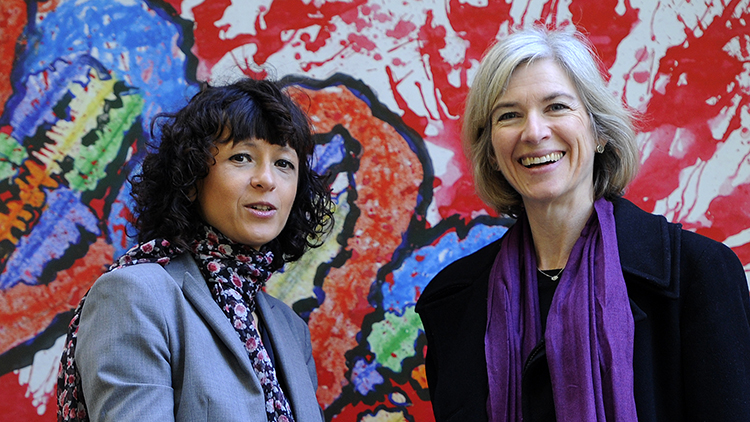
In honor of Women’s History Month, let’s dive into the work of two scientists. Dr. Emmanuelle Charpentier and Dr. Jennifer A. Doudna won the Nobel Prize for chemistry for discovering a new tool. It’s called the CRISPR/Cas 9.
Dr. Charpentier is a French microbiologist. She studies living organisms that are too small to see. Think bacteria and fungi! While she was studying the bacteria that causes scarlet fever, she noticed some patterns in the DNA. Our DNA is like a cookbook full of recipes. These recipes hold the key to make things our bodies need. She wanted an expert who understood how these patterns in our “recipes” talked to each other. She asked Dr. Doudna to be her partner.
Dr. Doudna is an American biochemist. She studies the chemical processes that take place in living things. She was studying the same bacteria. Together, they learned more about how the bacteria worked. They discovered how the bacteria acted like a tiny pair of scissors to survive in our bodies. They figured out how to make the bacteria’s scissors cut things they told it to.
Our cookbooks, or DNA, can sometimes have mistakes in them that cause diseases. Scientists can use these scissors to snip out the mistakes. CRISPR will someday be able to cure diseases by erasing them from our DNA.
What Do You Think? Which diseases would you like to see the CRISPR/Cas 9 cure?
Reading Response Click on the links to respond to your reading. Print out the response page or upload it to your classroom site.
Photo Credit: MIGUEL RIOPA/Stringer/Getty Images



